In part 1 of our buying guide to the most energy-efficient windows and doors, we looked at how to choose the right windows for your home.
Much like windows, exterior doors must meet specific energy efficiency requirements certified by an accredited agency. Following the criteria established by Natural Resources Canada (NRCan), hinged steel and fiberglass doors can only receive ENERGY STAR Certified status and are eligible for a Greener Homes rebate of up to $125 per door. However, some sliding glass patio doors can also qualify for ENERGY STAR's "Most Efficient" status, making them eligible for a higher rebate of up to $250 per door under the Greener Homes program.”
As a homeowner, it's important to choose the right door for your home for its aesthetic appeal and impact on your monthly energy costs. Doors protect your home's energy from escaping and keep the outside weather out. This is why parents often shout, "Close the door!" You need to consider the material, type, and quality of your door to ensure maximum energy efficiency and home comfort. By selecting an ENERGY STAR certified hinged steel or fiberglass doors or even sliding glass patio doors that meet the "Most Efficient" criteria, you can save on your monthly energy bills and be eligible for the federal rebates such as the Canada Greener Homes Grant program.
But the material, type and quality of door you select also affect your home comfort and monthly energy costs.
Where can I find the most energy-efficient doors for my home?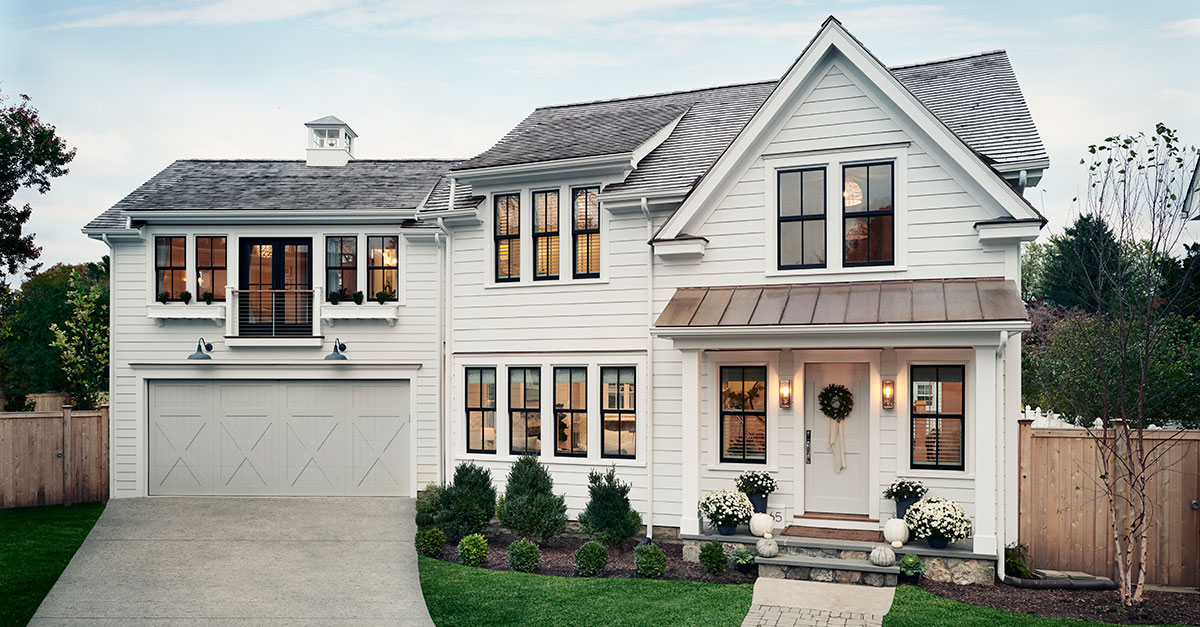 JELD-WEN's Noir collection Black Laminate windows
JELD-WEN's Noir collection Black Laminate windows
Whether you are looking for a sliding glass door for your kitchen or walkout basement, or a striking exterior door to give your home great curb appeal, choosing an energy-efficient door should be a priority.
Energy-efficient exterior doors can help to keep the temperatures in your house at a comfortable level in winter, summer and the more moderate seasons in between.
NRCan’s technology primer explains the technical details of energy efficiency for windows and doors, including the four ways in which they experience heat loss:
- radiation—heat energy gets absorbed by glass and radiates to the cooler side
- conduction—heat energy passes through the solid materials that form the frame, sash or spacer bars
- convection—heat energy transfers to the air between and around glass
- air leakage—heat energy transfers to air moving through seals or gaps in the frame
Energy-efficient windows and doors are carefully designed to reduce these risks of heat loss, to keep your home cozy and comfortable in all four seasons.
Does your door have a glass insert?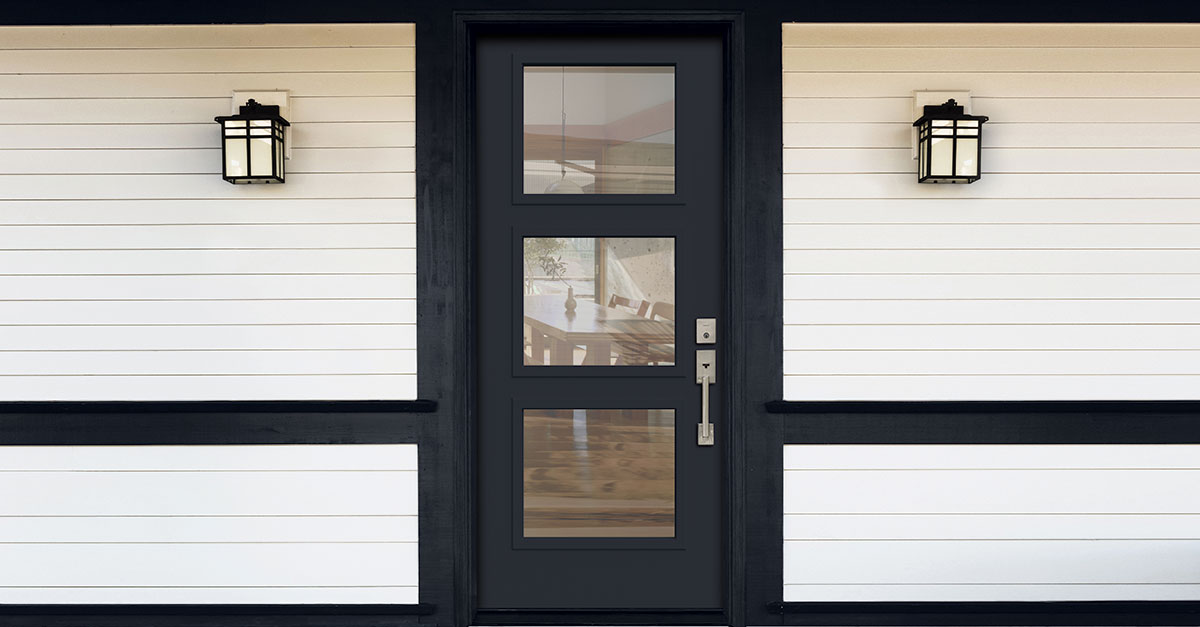 JELD-WEN's Architectural Fibreglass Glass panel Exterior Door
JELD-WEN's Architectural Fibreglass Glass panel Exterior Door
Doors with glass inserts, also known as glazing, have an impact on their energy efficiency. However, don't let this deter you from choosing them. Glass is a great way to bring coveted natural light into your home. Fortunately, various glass options are available when choosing windows and doors for your home. Clear glass provides the best outdoor views and allows the sun's energy to heat your home, naturally lowering energy costs. Obscure glass, like rain, pinhead, chinchilla, and reed, let some light in while increasing your level of privacy. If you're looking for something in between, decorative glass with caming, colours and bevelled glass options can add character to your home while still providing a good balance of privacy and natural light.
Now that you know about glass options for energy efficiency and design, it's also worth considering adding glass above your door (called a transom) or on either side of your door (called a sidelite) to enhance natural light and visual appeal. As you decide to upgrade your door, consider your options carefully to ensure maximum energy efficiency and a design that suits your needs.
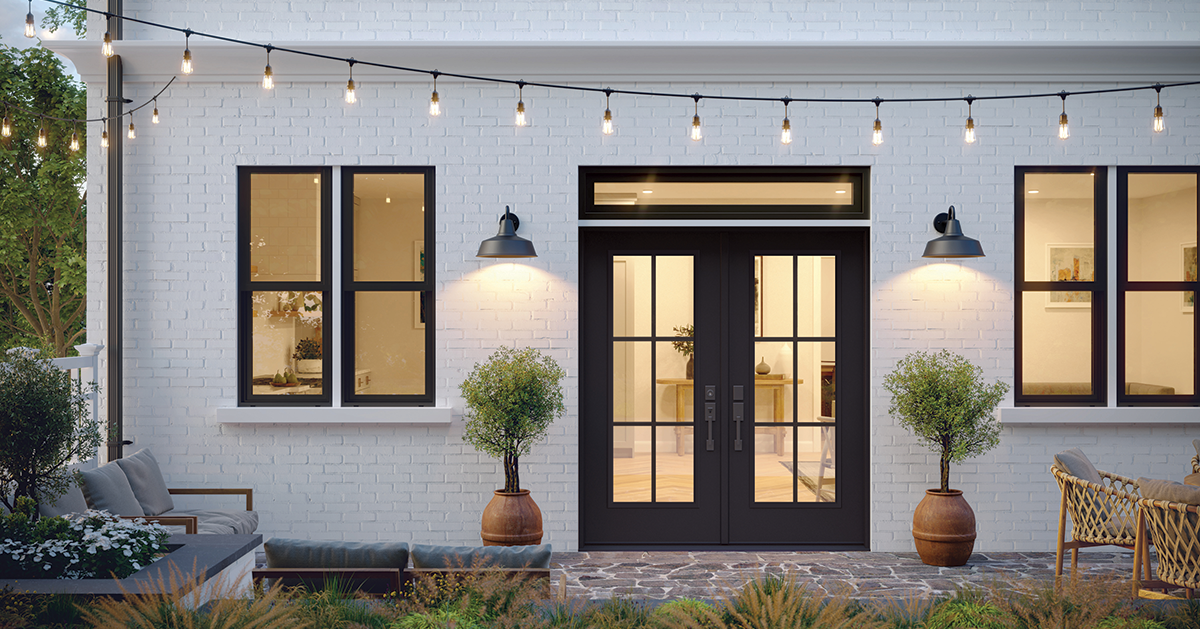 JELD-WEN's Exterior Glass panel Door
JELD-WEN's Exterior Glass panel Door
Features to look out for when choosing energy-efficient sliding glass doors and doors with glass are special Low-E coatings, gas fills (for better insulation) and triple glazing windows.
The insulating glass (IG) unit that contains the glass (or glazing) consists of at least two panes of glass separated by a spacer bar and sealed around the edges to reduce air transfer. IG units are filled with inert gases like argon or krypton to reduce heat transfer. The spacer bar also affects energy efficiency–it can be made of foam, glass, steel or plastic.
The more layers of glass the better, when it comes to energy efficiency. Triple glazed products have three layers of glass and are up to 50% more efficient than double glazed, according to NRCan.
Choosing a door material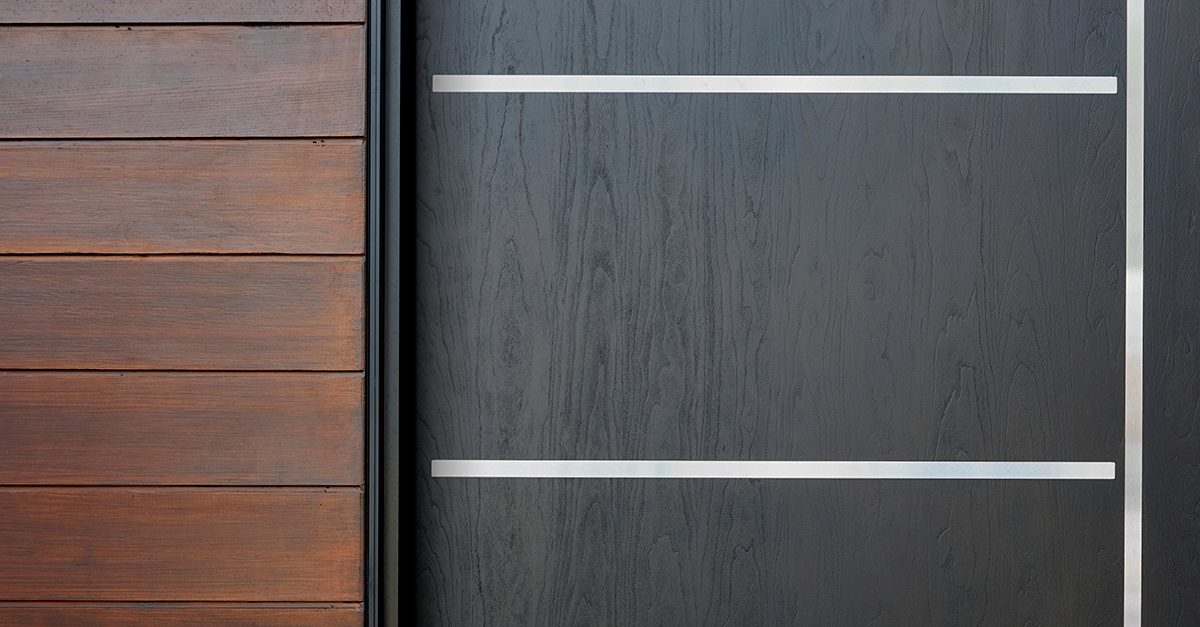 Your door’s material and core insulation also help to determine its level of energy efficiency. Doors come in a range of materials, including aluminum, steel, vinyl, wood, and fiberglass.
Your door’s material and core insulation also help to determine its level of energy efficiency. Doors come in a range of materials, including aluminum, steel, vinyl, wood, and fiberglass.
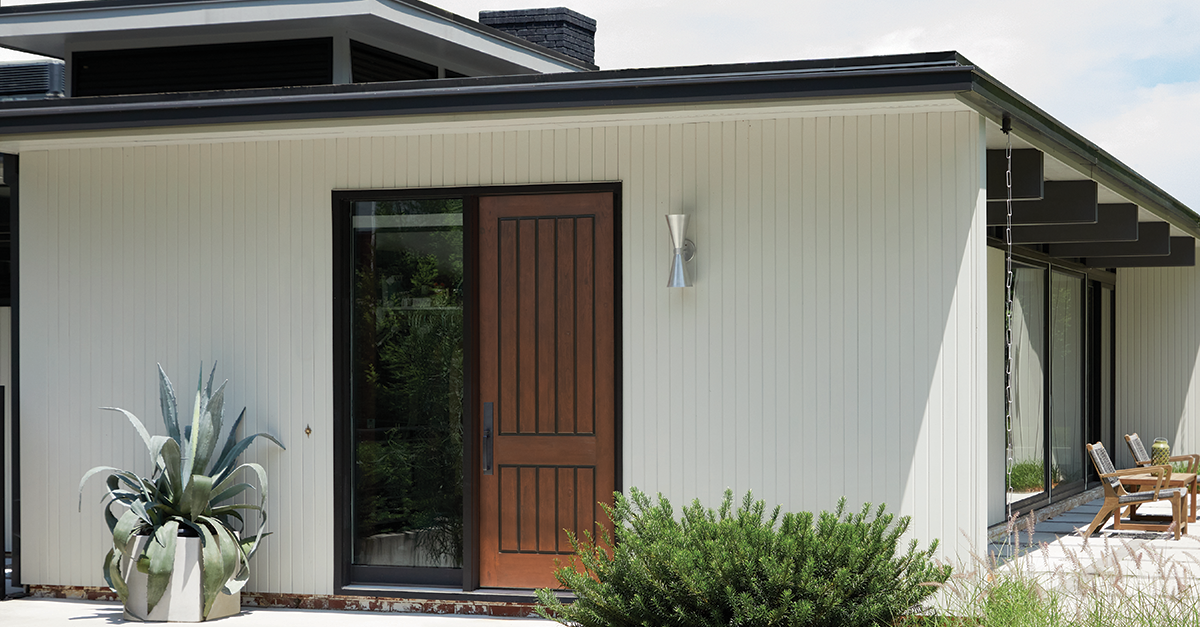 JELD-WEN's Fibreglass All panel Exterior Door
JELD-WEN's Fibreglass All panel Exterior Door
Fiberglass exterior doors are increasing in popularity for good reason. They are durable and energy efficient. Fiberglass is a poor conductor of heat, for stronger energy efficiency.
 JELD-WEN's Steel All panel Exterior Door
JELD-WEN's Steel All panel Exterior Door
JELD-WEN's steel exterior doors feature galvanized steel facings, energy-efficient cores, and fire-rated options for strength, comfort, and peace of mind. They come factory-primed for easy finishing and have mitered top corners to prevent water absorption
Look out for the ENERGY STAR logo
NRCan estimates that ENERGY STAR certified doors are about 15% more efficient than conventional doors. ENERGY STAR “Most Efficient” sliding glass doors are up to 55% more energy efficient than average models.
These products save you money on energy costs and are simple to find—just look out for the ENERGY STAR symbol, which identifies the doors with the best energy performance on the market.
Take advantage of purchasing rebates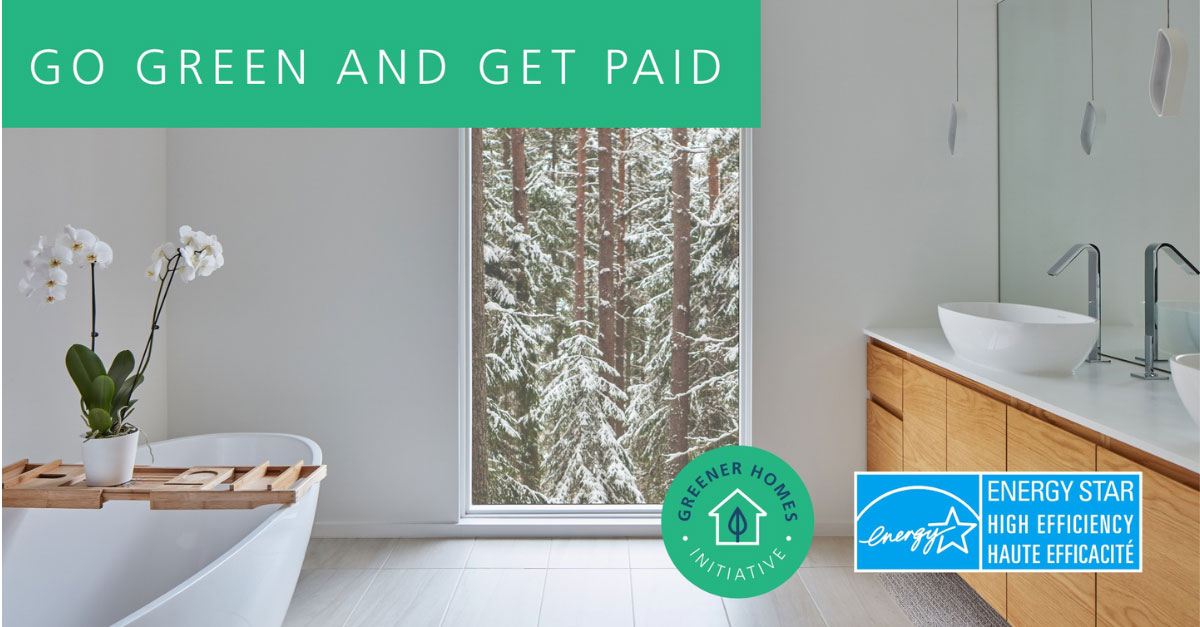
Besides boosting home comfort and reducing your energy costs each month, eligible energy-efficient windows and doors can qualify you for purchasing rebates from federal and provincial governments and other sources. Visit part 1 of our guide to find out how you can get money back!
Explore Related Posts











